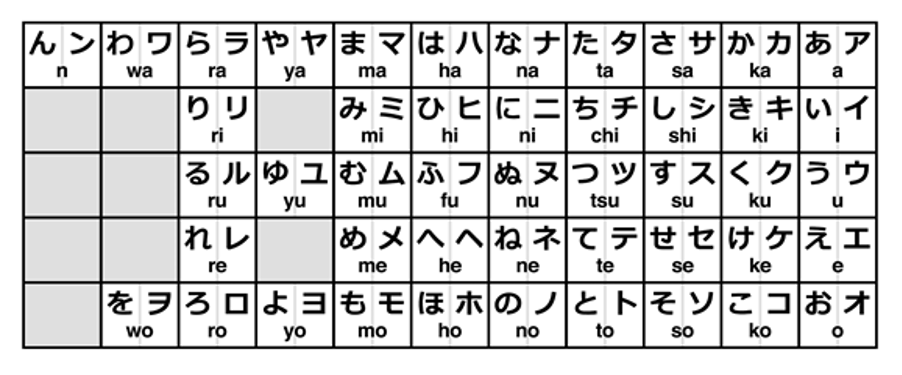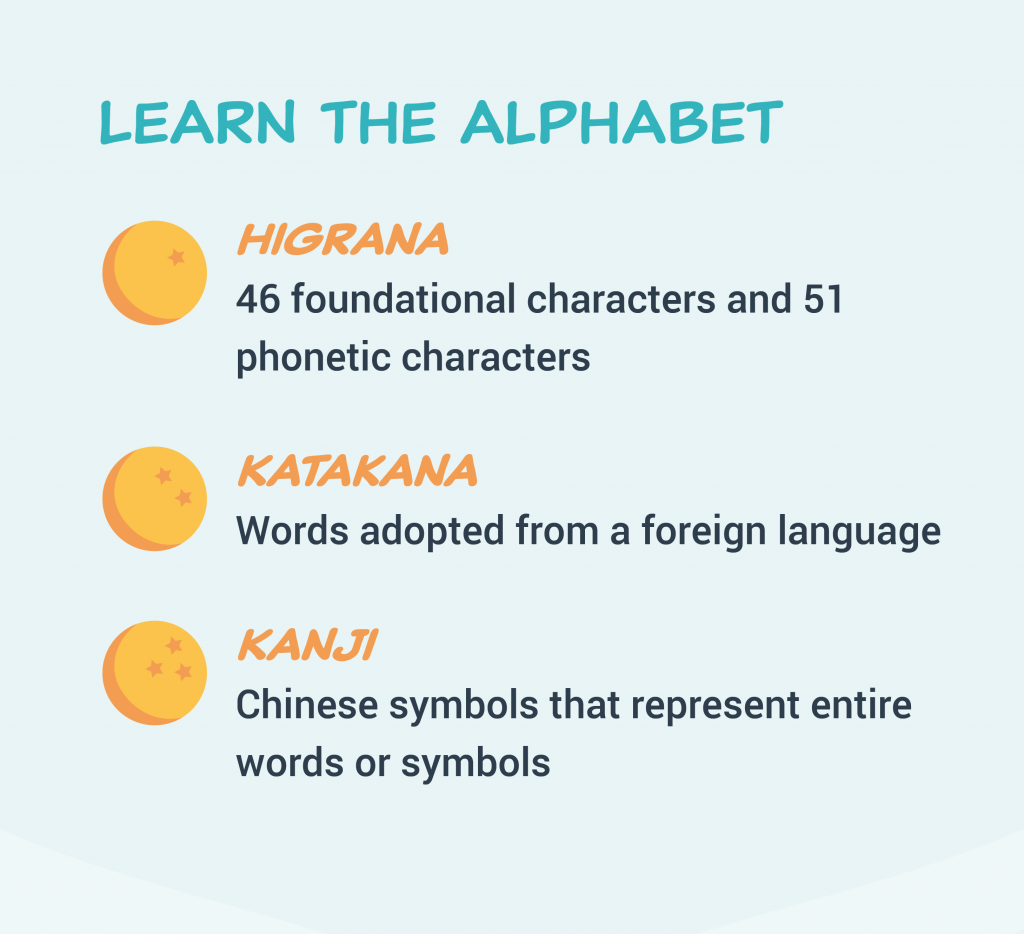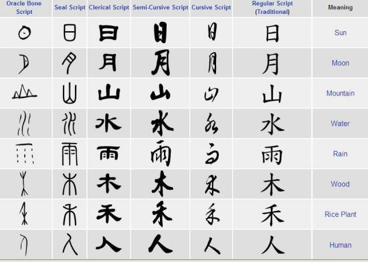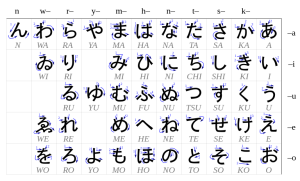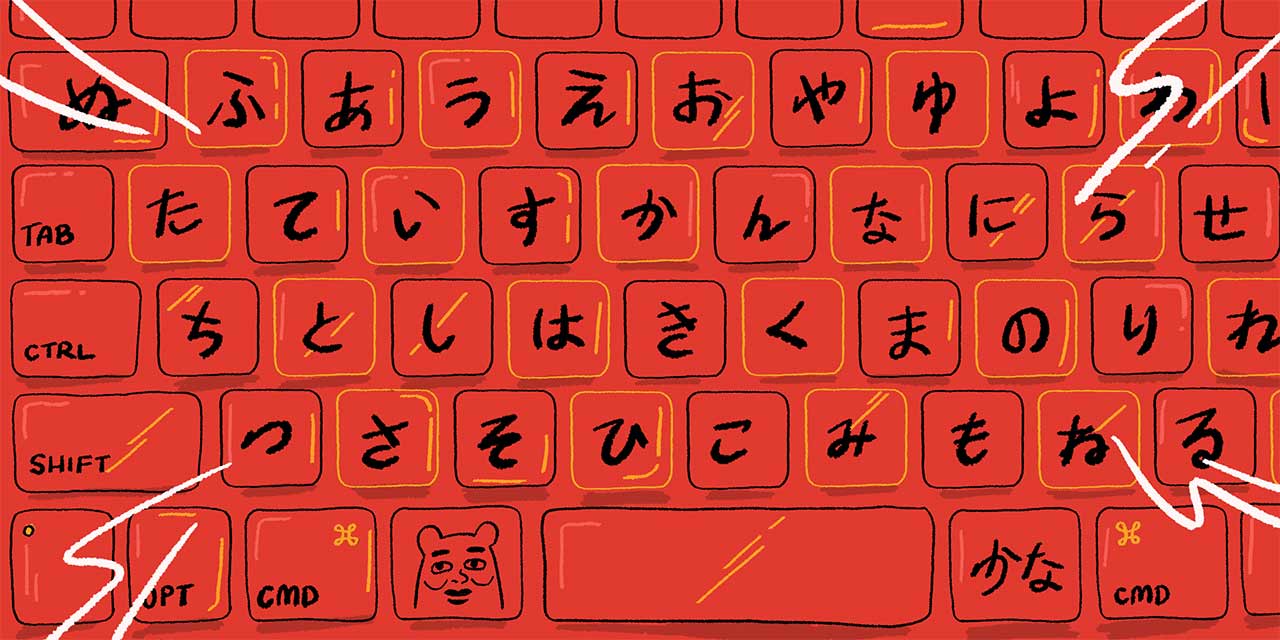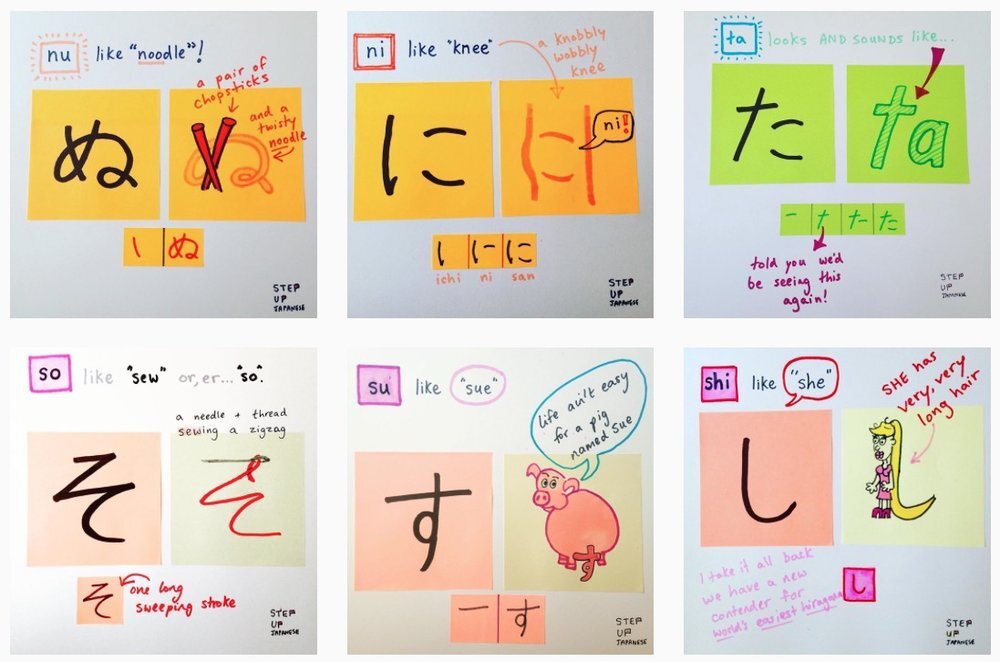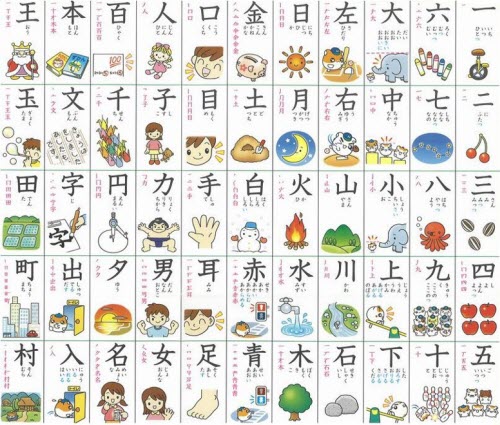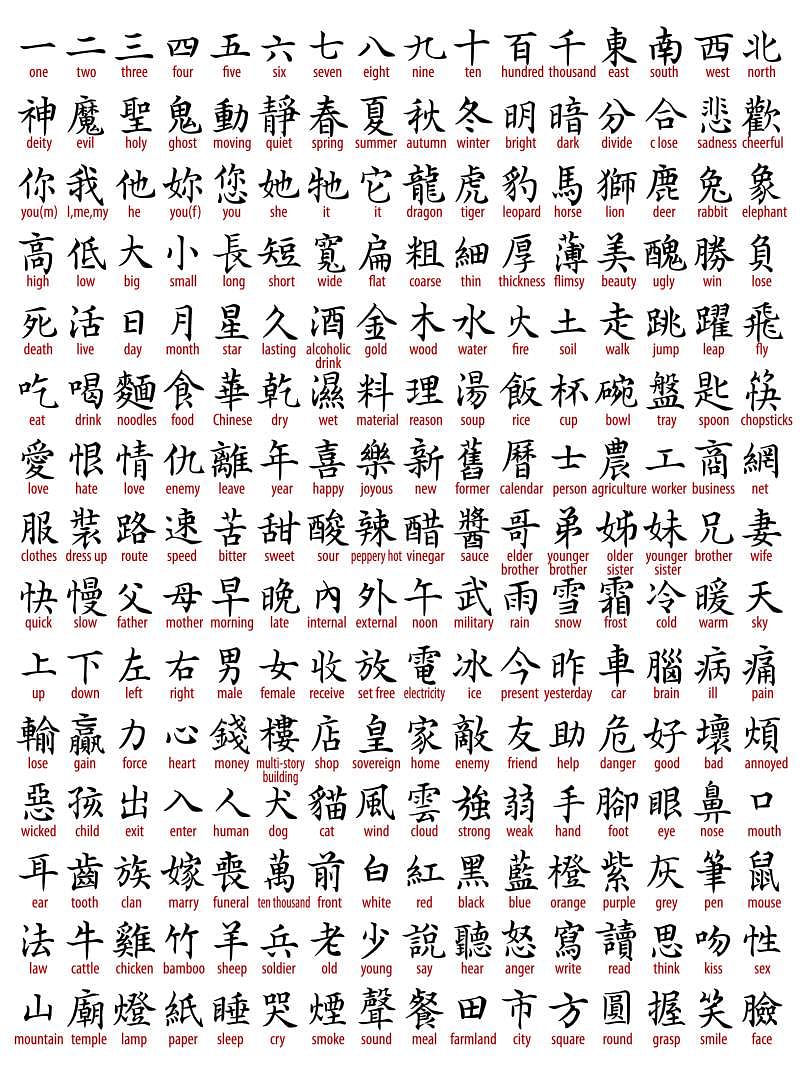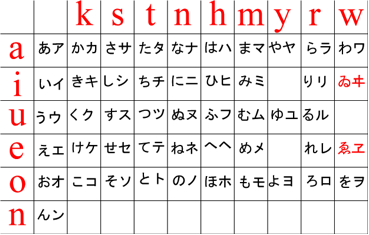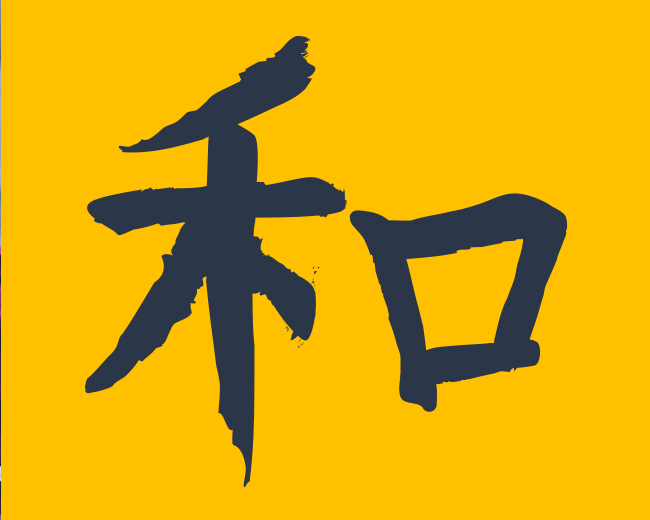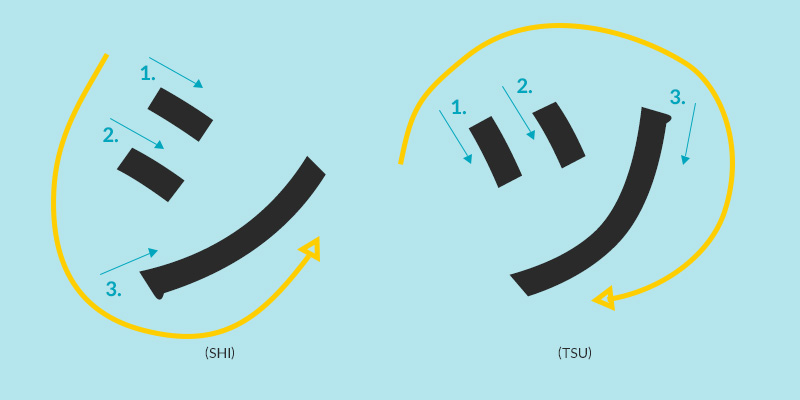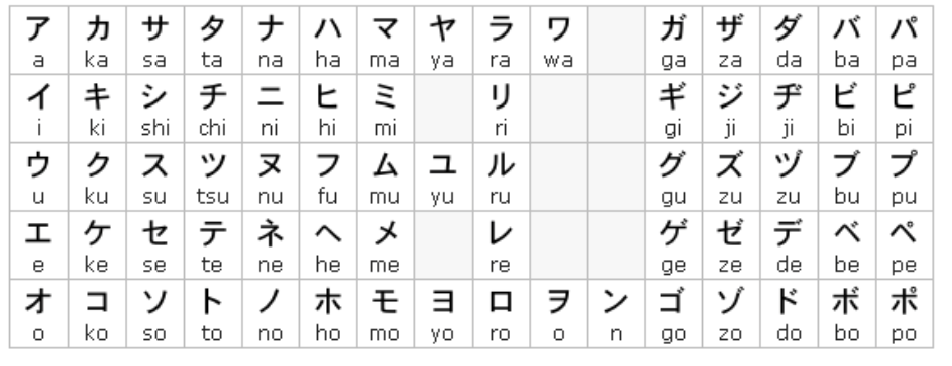Cool Tips About How To Learn Japanese Symbols

Let me give you a short tutorial.
How to learn japanese symbols. Go to japanese signs and symbols website using the links below step 2. Ø learn the radicals these are the root of kanji, and there are about 214 radicals. Although, not all 214 of the radicals are used in.
Learn 3 japanese symbols before you start any lessons, you need to learn about the history and development of the japanese symbols, character, words and writing system. For the person kanji, its kun’yomi reading is ‘hito’. Also, since japanese doesn’t have any spaces,.
We said earlier that kanji is a logographic system, in which each symbol corresponds to a “block of meaning”. Kun’yomi reading is a japanese reading of the character, where it was created. The first kanji we will learn is 「人」, the character for ‘person.’.
Or horizontally from left to right, top to. This regal creature is japan’s symbol of virtue, grace and imperial. You may have noticed that the character.
In fact, i made the mistake of not taking the japanese alphabet. Kun’yomi is usually used for native japanese word roots. How to type japanese punctuation marks you can type “、” by pressing the comma key and “。 ” by pressing the period key.
You can write japanese characters in two ways. How to type commonly used japanese. If you're even a little bit serious about learning japanese, then learning the writing system is well worth the time and effort.
Five vowels form the basis of hiragana. Fortunately, japanese vowels are always short, so you probably hear the terminal syllable [ku]. Katakana (カタカナ) is the 2nd japanese alphabet which we’ll look at.
Here are some steps that will help you learn kanji effectively. あ, い, う, え, and お (a, i, u, e, o). Gd&t flatness is a common symbol that references how flat a surface is regardless of any other datum’s or features.
The upshot is that seahawk in japanese is a 3 syllable word, unlike the 2 syllables of english. Firstly, they can be in columns going from top to bottom, right to left (like in chinese). Almost all consonants in japanese pair with these five vowels to make.
The second method is to learn japanese letters, stroke order and their meaning through imagination. It is fairly similar to hiragana but only used in particular situations.
